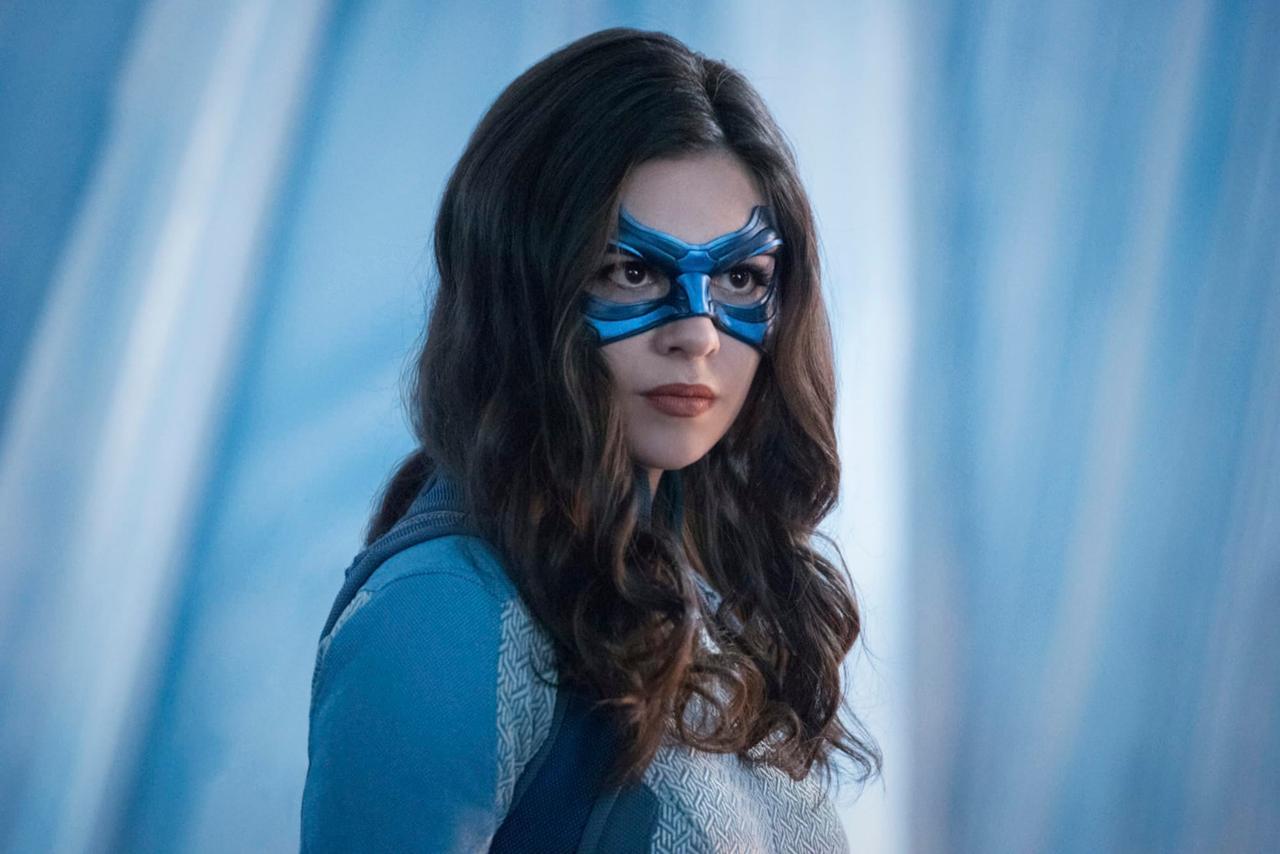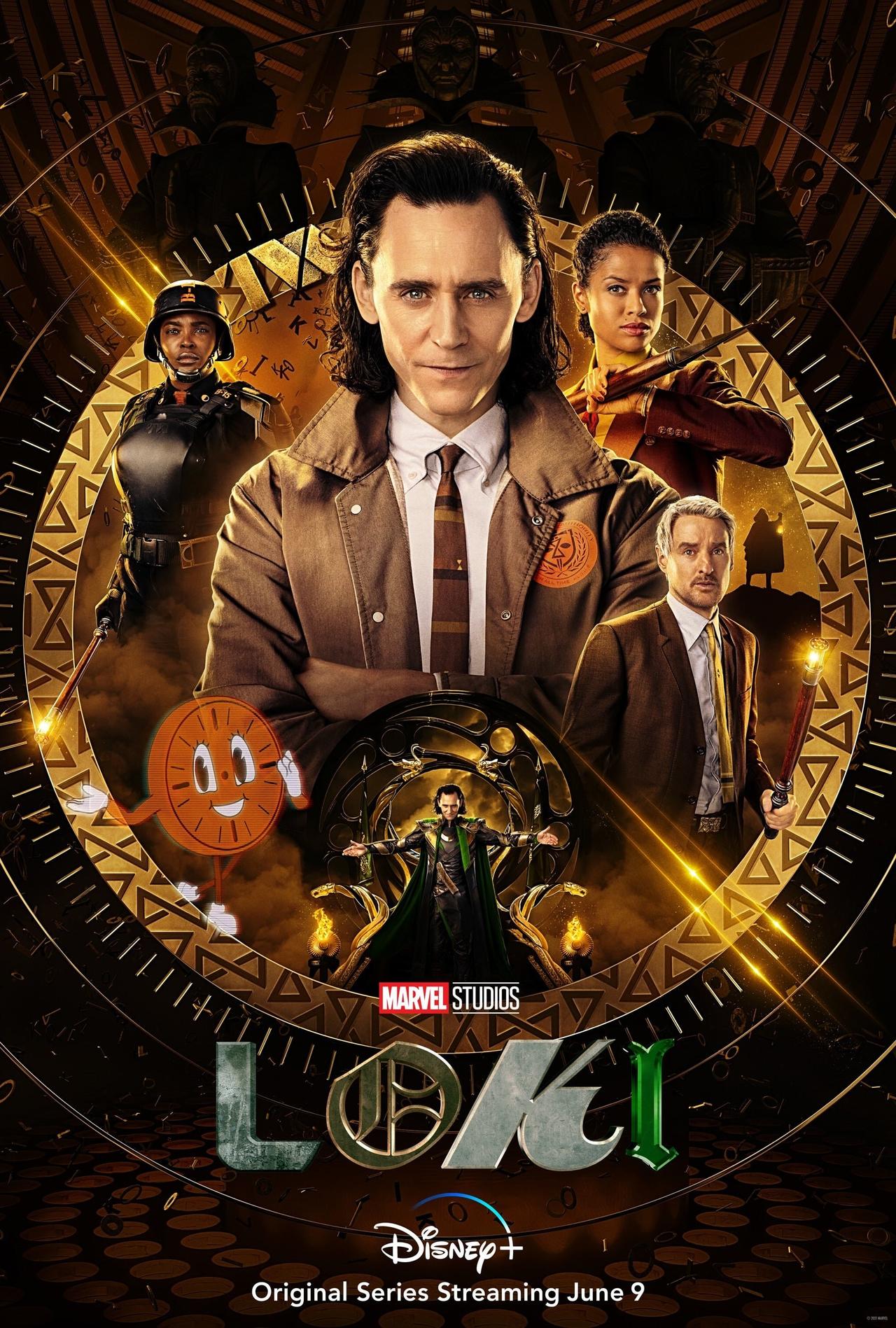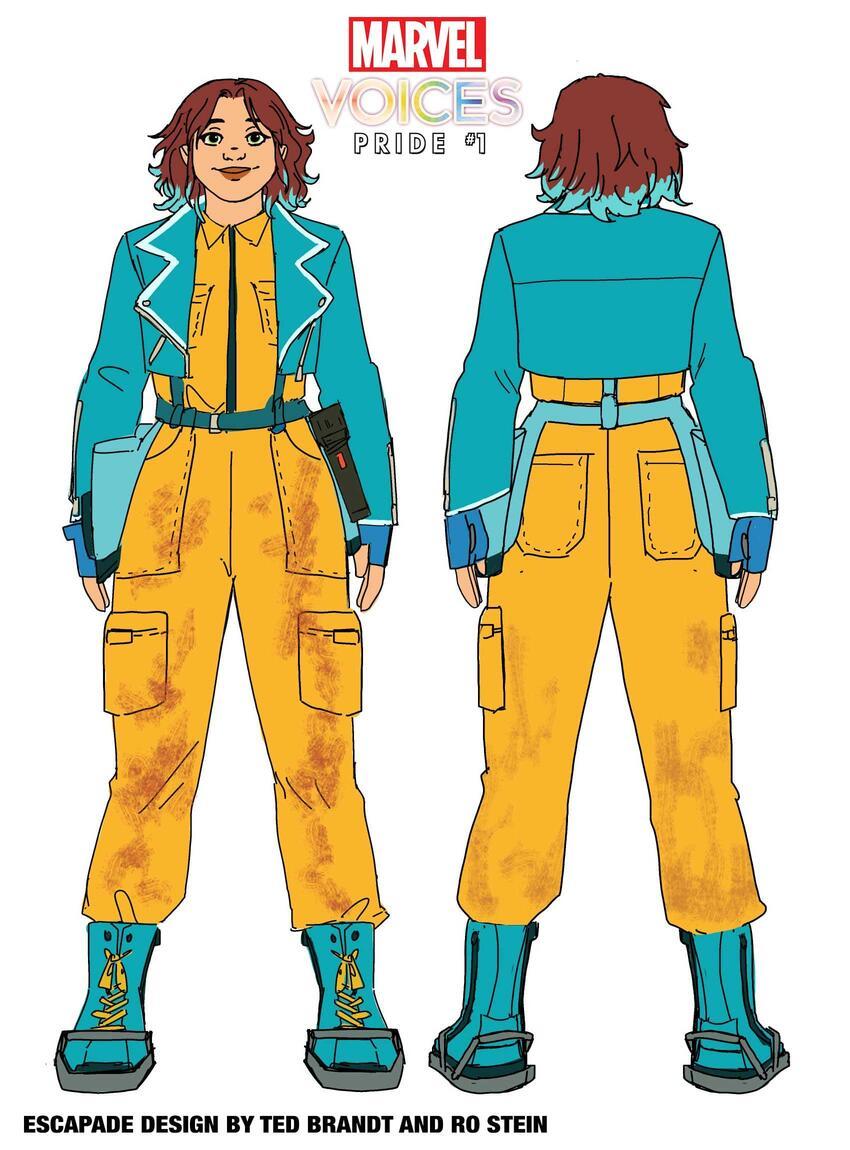If you click on a link and make a purchase we may receive a small commission. Read our editorial policy.
11 times LGBTQ+ superheroes made national headlines (and where they are now)
A brief history of queer superheroes in the news

Popverse's top stories
- Welcome to 2026! Here's how Popverse will continue to be your pop culture tour guide & bestie
- Even though he was the Punisher, people still remember Thomas Jane for his cameo on Arrested Development
- Star Wars will return in 2027 with a Stranger Things inspired makeover, teases Starfighter director
It was 32 years ago this year that Northstar became the first queer superhero to make headlines for coming out, and yet the existence of LGBT people is still so politicized and controversial and queer superheroes still so statistically uncommon that it still seems newsworthy today.
But do the queer superheroes stick around after the news cycle ends? Or are publishers using 'Iconic hero is gay!' as a quick marketing stunt in the style of recurring classics like 'Iconic Hero is Dead!,' 'Iconic Hero’s Title Has Been Adopted by Another Character!,' and 'Dead Iconic Hero Has Returned!'?
Here are eleven times LGBT superheroes made headlines beyond the usual entertainment sites, and what the characters have been up to since.
January 18, 1992: Northstar Comes Out
How It Started: Eight months before DC Comics made headlines with the 'Death of Superman,' Marvel made headlines of its own with an obscure C-list character who many Marvel readers didn’t even like. All Marvel had to do, at a time when gay characters were rare to nonexistent, was have him come out.
Fans had known Northstar was gay for years. When the Canadian superteam Alpha Flight spun off from X-Men into its own book in the early ‘80s, co-creator John Byrne decided one of the characters should be gay. Not that he could just come right out and say that, due to the strict rules of the Comics Code Authority that all comics needed to be approved by, but he could hint at it.
Which sounds pretty forward-thinking of him, except that he settled on Northstar, the character who’d been established as the arrogant jerk of the team who many readers hated. (Byrne had also made homophobic comments a few years earlier in an interview with The Comics Journal.)
By the early ‘90s, the Comics Code had been revised. New series writer Scott Lobdell figured that maybe the reason Northstar is so angry is because he has to hide this part of himself, and decided to write a story around that. But it wasn’t intended as an event. It was actually written as an inventory issue — a standalone story that can be published quickly when a creative team falls behind schedule — that happened to be published just as Lobdell was leaving the series.
No one had any idea the issue would be covered by the Associated Press, the Washington Post, the New York Times, and more. At the time, comics were a huge speculator market, with people looking to buy up notable firsts that could potentially increase in value. As a result, the normally low-selling series quickly sold out of two print runs, though Lobdell believes it “could easily have sold seven times that much.”
How It’s Going: Unfortunately, the next 15 years were pretty rough for Northstar. Alpha Flight was canceled just two years later, and while he did get his own four-issue series right after, it wasn’t enough to lead to an ongoing. Northstar spent the next 13 years wandering without a steady book or team. Even his brief stint as an active member of the X-Men lasted less than a year.
After being killed, revived, mind-controlled into a villain, and rehabilitated as a hero — which, to be honest, is kind of par for the course for getting involved with the X-Men — he joined the team again and had much better luck. But I’ll get to that in a moment.
June 1, 2006: Batwoman Reinvented

How It Started: Batwoman wasn’t the first superhero to come out as lesbian, but maybe because a superhero coming out had already 'been done' with Northstar, it seemed like the only way a queer superhero could make national headlines going forwards was if they were a character who was already famous, or tied to a famous character. So a decade and a half later, Batwoman became the second queer superhero and first lesbian superhero to make the news, thanks to an association with Batman.
Batwoman AKA Kathy Kane was originally introduced in the ‘50s during the silliest era of the Batman comics, was written out in the ‘60s, and then later brought back in the ‘70s just long enough to be possibly the first ever female superhero to get 'fridged.'
The new Batwoman — now called 'Kate Kane' instead of 'Kathy' — was a reimagining of the character with no direct ties to that previous continuity. Her introduction into the large ensemble cast in the weekly maxiseries 52 was covered by numerous print and digital news publications.
How It’s Going: 52 wrapped in 2007, but Batwoman didn’t get her own lead story until 2009, when she briefly took over Detective Comics. That led to her own series in 2010, but the creative team walked off the book in 2013 when DC Comics wouldn’t allow them to have Kate Kane marry her girlfriend. The series was canceled in 2014.
In 2017 her comic was briefly revived only to be canceled again. Batwoman was turned into a TV series on the CW that lasted for three seasons, only one of which starred Kate Kane — though the remaining seasons introduced a new black lesbian character named Ryan Wilder. Kate Kane continues to appear in random Batman comics, but without a series of her own, you never know where she’ll pop up next.
May 22, 2012: Northstar Gets Married
How It Started: After Northstar rejoined the X-Men in 2009, he began dating a man named Kyle Jinadu. When same-sex marriage was legalized in New York in 2011, folks at Marvel started thinking about having the two tie the knot. The result was Astonishing X-Men #51, the first same-sex superhero wedding.

Marvel arranged for the characters’ engagement to be announced on talk show The View the same day that Astonishing X-Men #50 hit the stands, with a preview at the end of the comic for the wedding in issue #51. The story was quickly picked up by the Associated Press, CNN, Rolling Stone, and more. It also resulted in the first organized protest against LGBT superheroes to get news coverage.
How It’s Going: Northstar and Kyle continue to appear as ensemble characters in the sprawling line of X-books, with Kyle being one of the few non-mutants living on the island nation of Krakoa.
June 1, 2012: Green Lantern Reinvented
How It Started: Just a few days before Northstar’s engagement, DC Comics co-publisher Dan Didio hinted at a London comic convention that one of their older characters was about to become "one of our most prominent gay characters."

Fox News immediately jumped on the rumor, asking the question: “Could Superman be gay?” But at a company with so few gay characters, “prominent” doesn’t necessarily mean 'A-list.' When the official announcement came a few weeks later, the character in question ended up being Green Lantern. And not even one of the Green Lanterns mainstream audiences would know, like Hal Jordan (from the panned Green Lantern movie) or John Stewart (from the beloved Justice League cartoon). This was a Golden Age character, Alan Scott, and a new alternate universe version of Alan Scott, at that.
Six years previous, Marvel made an alternate universe version of Colossus gay in Ultimate X-Men #65 to little fanfare, so why was the Alan Scott announcement picked up by the Associated Press, CNN, the Washington Post, and more? Perhaps it was the story’s proximity to Northstar’s wedding, which was mentioned in nearly every write-up.
How It’s Going: This version of Alan Scott appeared in books about alternate universe Earth 2 from 2015-2017, but in 2021 the Alan Scott of the main DC Universe (DCU) came out as gay. Although Alan Scott doesn’t appear regularly in any particular book, The Hollywood Reporter revealed that he’ll be included as a character in the upcoming HBO Max live action series Green Lantern Corps, and a leaked casting call confirms he will be gay.
April 21, 2015: Iceman Is Outed To…Himself? (Twice)
How It Started: The X-Men are very complicated. If you’re not an X-Men reader, you’re going to need to sit down for this one.

During an extended storyline, the original five X-Men were sent from the past to our present, where their present selves also live. Why do their present day selves not remember this adventure from their past? Because they lose their memory once sent back, naturally.
Anyways, during this storyline, young Jean Grey reveals to young Iceman that she knows he’s gay, which is confusing because his older self doesn’t appear to be gay. But before they all travel back to the past, young Iceman confronts his older self, who admits he is, indeed, in the closet.
This resulted in two big news days, six months apart, featured everywhere from MTV News to the Wall Street Journal. The second wave got a news boost when the BBC asked Stan Lee — who was promoting his new memoir — for his thoughts on Iceman being gay, and Lee was completely surprised.
How It’s Going: Iceman got his first ongoing solo series in 2017, but like most X-Men who get solo series and aren’t Wolverine, it didn’t last long. Iceman continues to appear as an ensemble character in the sprawling line of X-books , where he’s currently living with the rest of the mutants on the island nation of Krakoa. It was also recently announced that he is getting a miniseries in the Marvel's Voices anthology on Marvel Unlimited.
Jul 21, 2018: TV’s First Trans Superhero

How It Started: CW’s Supergirl introduced television’s first trans superhero, Nia Nal AKA Dreamer, a part-alien woman who transitioned at a young age. Her powers are hereditary, materializing in one woman per generation. She assumes her sister will get the powers, but is surprised when she gets them herself instead.
Played by trans actor Nicole Maines, Dreamer was inspired by (and related to) the Silver Age comic character Nura Nal aka Dream Girl from the Legion of Super-Heroes. Unlike previous LGBT superhero announcements, this one wasn’t covered by every site all in one week, instead spending several months spreading from Hollywood Reporter and Variety to NPR and CNN to other news sites, talk shows, morning shows, entertainment sites and fashion blogs.
How It’s Going: Dreamer appeared on the final three seasons of Supergirl until the show was cancelled. Her first comic book appearance was in the 2021 DC Pride special, in a story written by her actor, Nicole Maines. Maines also co-wrote Dreamer’s appearance in July 2022’s Superman: Son of Kal-El #13, which officially introduces her into the DCU proper, though hopefully this doesn’t mean she’ll only show up once a year near Pride Month.
March 15, 2021: New Gay Captain America
How It Started: The series The United States of Captain America introduced five new Captain Americas that comprise the Captains Network, sort of like a less insensitive version of the Golden Age squad the Young Allies, except not all of the members are teenagers. The first issue of the series, released just in time for Pride Month, focused on teenager Aaron Fischer AKA Captain America of the Railways, who happens to be gay.
Despite being created as an instant C-lister, the press saw “Gay Captain America” and treated it like an A-list moment. As usual, the story was picked up by the Associated Press, the New York Post, Today, and the usual entertainment news sites.
How It’s Going: Currently it looks like the Captains Network are well on their way to becoming an obscure footnote in Marvel history.
June 23, 2021: Loki Is Bisexual

How It Started: Loki had been confirmed bisexual in the comics years previous, but no LGBT character from the comics had ever been confirmed to be queer in the Marvel Cinematic Universe until the third episode of Loki on Disney+. As a result, the reveal was covered the next day by USA Today, TIME, the LA Times, and the usual entertainment news sites. Will we see more soon?
How It’s Going: Loki has been renewed for a second season. In the comics, Loki doesn’t currently have his own series, so you never know where he’ll pop up next.
August 10, 2021: Robin Is Bisexual
How It Started: Tim Drake was the third character to take up the identity of Batman’s sidekick Robin, and in Batman: Urban Legends Tim is asked out on a date by a boy and says yes. Being such a prominent and well-known character, the story was covered by outlets ranging from NPR to Entertainment Weekly to Men’s Health.
How It’s Going: Robin doesn’t currently have his own series, so you never know where he’ll pop up next.
Oct 11, 2021: New Superman Is Bisexual

How It Started: Jon Kent is the 17-year-old son of Lois and Clark. Initially adopting the title of Superboy, he becomes Superman after his father leaves the planet on a mission. On National Coming Out Day, DC Comics announced that the new Superman would come out as bisexual.
It seemed like literally everyone covered the story, including sites that had never previously picked up one of these queer superhero announcements. Some of them made sure to clarify in their headline that this was the 'new Superman,' while some went with the simple clickbait of 'Superman comes out as bisexual.'
Conservative media had a field day. Fox News had ‘90s television Superman actor Dean Cain on to talk about how this “isn’t brave or bold,” and spoke to a commentator who complained “the left is sexualizing superheroes.” Republican politicians tweeted out their disapproval.
TMZ even reported that DC Comics had called the police for protection due to the outrage, though unnamed sources at DC told Bleeding Cool they were unaware of any such calls or protection. However, staff did apparently receive death threats.
How It’s Going: One year later, Superman: Son of Kal-El is still being published, and is still in a relationship with reporter Jay Nakamura.
May 11, 2022: Marvel’s New Trans Superhero

How It Started: Not to be outdone by DC Comics introducing a new (to the comics) trans superhero in a Pride-themed anthology the previous year, Marvel is introducing a trans superhero in its own Pride-themed anthology this year, called Marvel’s Voices: Pride.
Aside from the usual entertainment news sites, the announcement was covered by the CBC (Canada’s NPR), The Hill, New York Daily News, and…that’s it? As mentioned earlier, it seems without a direct connection to a movie, TV show, or existing superhero, the wider press just isn’t that interested — even if trans people are a big hot button topic right now.
Does that mean Escapade and other queer heroes are little more than marketing stunts to grab headlines? I don’t think so. I believe most of the creators involved generally just want to create more diversity, and it’s the marketing side that sometimes feels disingenuous.
Of course, my dream is that one day superheroes being queer won’t be headline worthy at all, because they’ll have become so accepted and commonplace. It’s been 30 years since Northstar was a major headline. How many more to go until LGBT superheroes are just a normal everyday thing?
Interested in reading more stories about queer superheroes? Check out Popverse's guide to LGBTQ+ superhero reading!
Follow Popverse for upcoming event coverage and news
Find out how we conduct our review by reading our review policy
Let Popverse be your tour guide through the wilderness of pop culture
Sign in and let us help you find your new favorite thing.
















Comments
Want to join the discussion? Please activate your account first.
Visit Reedpop ID if you need to resend the confirmation email.